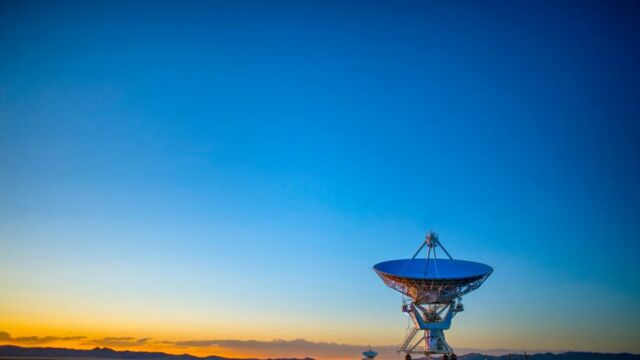We've barely been to the Moon, and we're already wondering how we're going to communicate from planet to planet. To communicate with us, satellites and probes use radio waves. This technology works, but is much more limited in terms of throughput than optical signal telecommunication. The good news is that a new test carried out by NASA using a space probe is extremely promising.
Discover our latest podcast
Deep Space Optical Communications: the future of communications in space?
It's official: Earth has received a message from outer space. Now, this happens every day, and has nothing to do with extraterrestrials. But this message was special, in that it wasn't broadcast via radio waves, but rather a message sent via an optical communication channel.
Once again, NASA is behind this experiment, called First Light. The source of this message is Deep Space Optical Communications, a system embedded in the Psyche space probe. As the Space Agency states:
NASA's DSOC (Deep Space Optical Communications) experiment has transmitted a near-infrared laser encoded with test data from a distance of nearly 16 million kilometers - about 40 times farther than the Moon from Earth - to the Hale Telescope at Caltech's Palomar Observatory in San Diego County, California. This is the farthest demonstration of optical communication ever achieved.
Read more:Mars in 45 days? NASA's new project to reach the Red Planet quickly
What could this laser technology be used for?
This is more than just a technical demonstration. This type of communication, enabling far greater data transmissions, could change the face of space communications, and even be an important element in the conquest of space!
And NASA has nothing but praise for DSOC:
Achieving "first light" is one of many critical milestones for DSOC in the months ahead, paving the way for higher data rate communications capable of sending scientific information, high-definition images and streaming video to support humanity's next giant step: sending humans to Mars.
Read more:Space Pollution: Could the debris surrounding the planet cause a collision in the future?
This article has been translated from Gentside FR.
Sources used:
NASA: NASA’s Deep Space Optical Comm Demo Sends, Receives First Data















